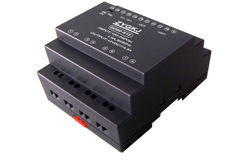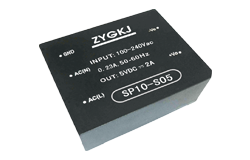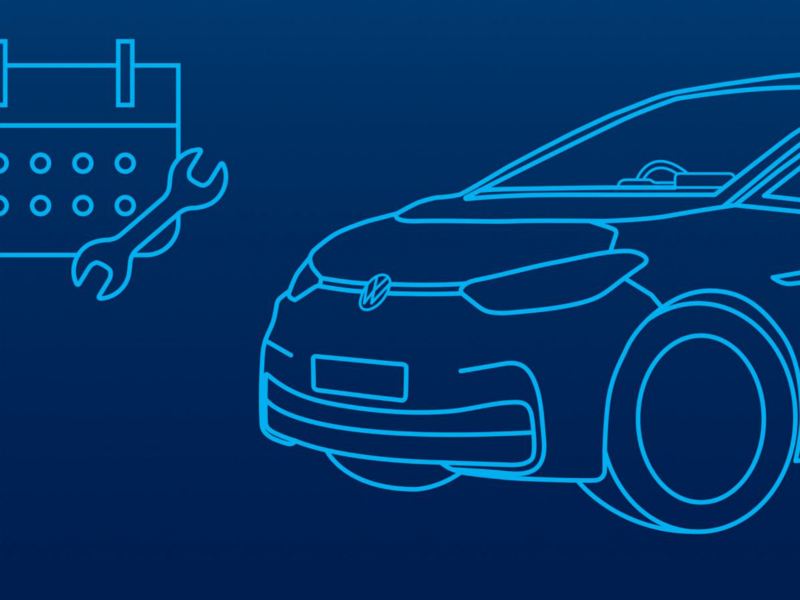nyheder
Converting 110V AC to 12V DC: A Comprehensive Guide
Author: ZYG Power Module Time: 2023-5-27
Converting 110V AC to 12V DC is a common requirement in many applications, such as in automotive and marine environments, as well as in lighting and electronic devices. The process involves using a device known as a power supply or converter, which is designed to transform the high-voltage alternating current (AC) from the mains electricity supply into low-voltage direct current (DC) that can be used by electronic devices. This comprehensive guide will explain the process of converting 110V AC to 12V DC in detail.
Understanding AC and DC
Before discussing how to convert 110V AC to 12V DC, it is important to understand the difference between AC and DC. AC is the type of electrical current that is supplied to most homes and businesses from the power grid. AC voltage is typically between 110V and 120V in the United States, and between 220V and 240V in other parts of the world. AC voltage oscillates in a sine wave pattern, which means it changes direction and magnitude in a regular cycle.
In contrast, DC is the type of electrical current that is used by most electronic devices. DC voltage is typically between 3V and 24V, depending on the device. DC voltage remains constant with no oscillation or fluctuation. Converting 110V AC to 12V DC requires a device that can transform the voltage and current from AC to DC.
Choosing the Right Power Supply
The first step in converting 110V AC to 12V DC is to choose the right power supply or converter. There are many types of power supplies available on the market, each with its own set of features and specifications. Some of the most common power supplies are linear regulators, switching regulators, and transformers.
Linear regulators are simple and easy to use, but they are not very efficient and can generate a lot of heat. Switching regulators are more efficient and generate less heat, but they are more complex and expensive. Transformers are often used in high-power applications, but they are also expensive and bulky.
When choosing a power supply, it is important to consider the input voltage range, the output voltage and current, the efficiency, and the size and cost of the device. A good power supply should also be reliable, safe, and easy to use.
Wiring the Power Supply
Once you have chosen the right power supply, the next step is to wire the device correctly. The power supply will typically have two sets of terminals: one for the input voltage and one for the output voltage. The input terminals will be connected to the AC mains electricity supply, while the output terminals will be connected to the electronic device that requires the 12V DC voltage.
When wiring the power supply, it is important to follow the manufacturer’s instructions carefully. The input voltage should be connected to the correct terminals, and the output voltage should be connected to the device in the correct polarity. It is also important to ensure that the wiring is secure and that there are no loose connections or exposed wires.

Testing the Power Supply
Once the power supply is wired correctly, the final step is to test the device to ensure that it is working properly. This can be done using a multimeter or a test light. The multimeter should be set to measure DC voltage, and the test leads should be connected to the output terminals of the power supply. The voltage reading should be checked to ensure that it is within the expected range of 12V DC.
If the voltage reading is not correct, the wiring should be checked again to ensure that it is correct. If the voltage is still incorrect, the power supply may be faulty and should be replaced or repaired.
Conclusion
Converting 110V AC to 12V DC is a relatively simple process that can be done using a power supply or converter. By choosing the right device, wiring it correctly, and testing it properly, you can ensure that your electronic devices receive the correct voltage and current they need to operate efficiently and safely. If you have any questions or concerns about converting 110V AC to 12V DC, it is always a good idea to consult with a qualified electrical engineer or technician.
Tidligere: EX Series DC DC Converter: Efficient Power Conversion Solution
Næste: Unleashing the Power of LED: Exploring the LED Power Series
relevant information
-
2023-5-2
AC-DC Converter Module: Efficiently Convert AC to DC Power
An AC-DC converter module is an electronic device that converts alternating current (AC) power to direct current (DC) power. This module is commonly used in a wide range of applications, including power supplies, battery chargers, motor drives, lighting systems, and more. The primary function of an AC-DC converter module is to transform the AC input voltage to a DC voltage that is suitable for powering electronic devices. This is done through a process called rectification, which involves converting the AC waveform to a DC waveform. There are two main types of AC-DC converter modules: linear and switching. Linear converters are simple and easy to design, but they are not very efficient and can generate a lot of heat. Switching converters,...
Se detaljer -
2023-5-24
Efficient 24V AC to DC Converter for Smooth Power Conversion
In today's world, power conversion is a critical aspect of modern technology. A significant amount of electronic equipment requires a stable and regulated power supply to function correctly. One of the most commonly used power conversion methods is the AC to DC converter. An AC to DC converter performs the essential task of converting alternating current (AC) to direct current (DC). In this article, we will be discussing the efficient 24V AC to DC converter for smooth power conversion. The primary objective of this converter is to convert AC power to DC power with minimal losses and provide a constant DC voltage output. The 24V AC to DC converter is widely used in various electronic applications, such as in computers,...
Se detaljer -
2023-5-7
AC-DC Converter Module: Converting Alternating Current to Direct Current
Introduction An AC-DC converter module, also known as a rectifier, is an electronic device used to convert alternating current (AC) to direct current (DC). This module is used in a wide range of applications where DC power is required, such as in electronic devices, power supplies, and motor control systems. Working Principle The AC-DC converter module works by using a diode bridge circuit to convert the AC input voltage to a pulsating DC voltage. A diode is a semiconductor device that allows current to flow in only one direction. The diode bridge circuit consists of four diodes arranged in a bridge configuration, which allows the AC voltage to pass through the circuit and produce a pulsating DC voltage at the...
Se detaljer -
2023-7-1
AC DC Converter Module: Efficient Power Conversion for Various Applications
Introduction In today's technology-driven world, efficient power conversion is of utmost importance for a wide range of applications. AC DC converter modules play a critical role in converting alternating current (AC) power to direct current (DC) power, enabling the reliable operation of electronic devices. This article aims to explore the significance of AC DC converter modules and their applications in various industries. Understanding AC DC Converter Modules An AC DC converter module is a power electronic device that converts AC voltage to DC voltage. It consists of various components such as rectifiers, transformers, and filters, which work together to ensure efficient power conversion. These modules are available in different configurations, including single-phase and three-phase designs, to cater to the specific...
Se detaljer -
2023-7-4
Bidirectional DC-DC Converter: An Efficient Solution for Power Conversion and Energy Management
Introduction: The rapid growth of renewable energy sources and the increasing demand for efficient energy management have led to the development of advanced power conversion systems. Among them, bidirectional DC-DC converters have emerged as a promising solution for effective power conversion and energy management. This article explores the features, applications, and advantages of bidirectional DC-DC converters. 1. Key Features of Bidirectional DC-DC Converters: Bidirectional DC-DC converters are capable of transferring power bidirectionally between two energy sources or energy storage systems. They can convert energy from a high voltage source to a low voltage source or vice versa. These converters efficiently manage energy flow in both directions, enabling energy storage, grid integration, and seamless transition between power sources. 2. Applications of...
Se detaljer -
2023-12-10
Highly Efficient and Versatile 1000W Modular Power Supply: Your Ultimate Energy Solution
In today's technologically advanced world, having a reliable and efficient power supply is essential for all our energy needs. Introducing the highly efficient and versatile 1000W modular power supply - the ultimate energy solution for your various devices and applications. With a power rating of 1000W, this modular power supply is capable of providing a stable and continuous supply of electricity to meet the demands of high-power devices such as gaming PCs, servers, workstations, and other power-hungry appliances. Whether you are a professional gamer, a content creator, or a data-driven professional, this power supply has got you covered. One of the key features of this power supply is its modular design. Unlike traditional power supplies, the modular design allows you...
Se detaljer


















